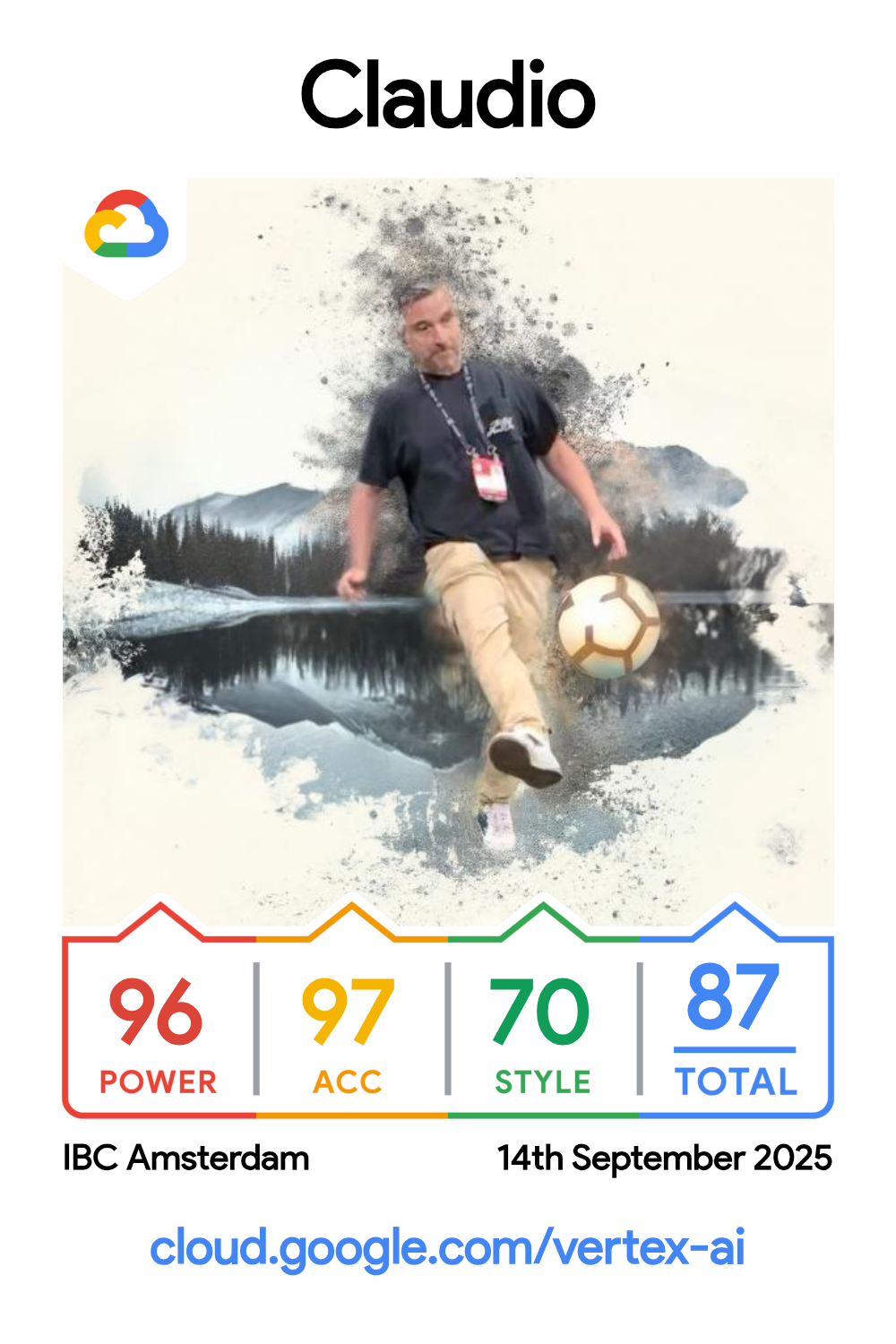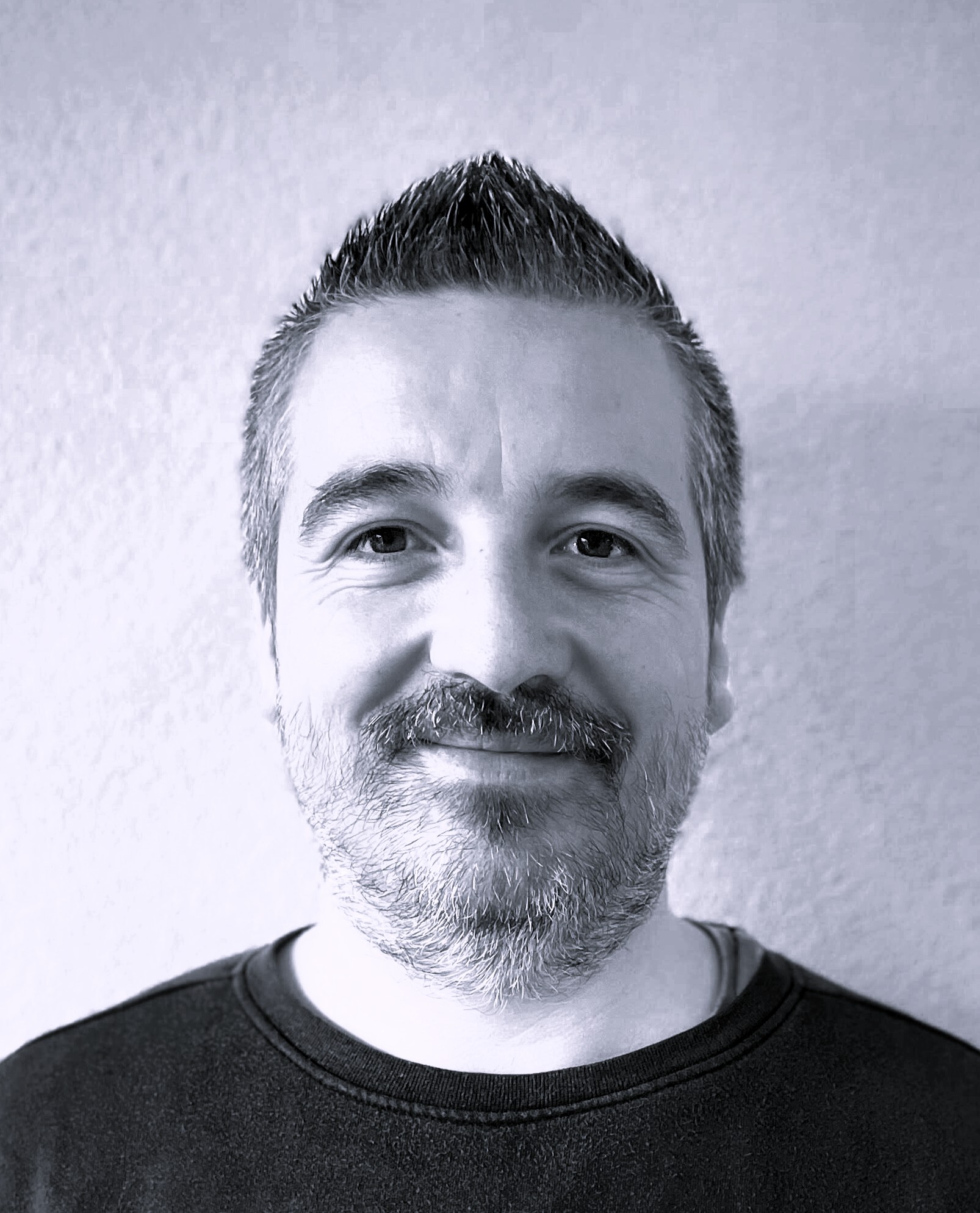🎯 My objective at IBC 2025
This weekend I was at IBC 2025 in Amsterdam. I’d been before, but this time was different: I came prepared with a clear objective → to see how Artificial Intelligence is transforming the video industry.
What I found were surprising technologies, very enriching conversations and even fun moments that showed how much the way we produce, distribute and consume content is changing.
And the truth is, it surprised me. Not because AI is coming, but because it’s already here, working, and being used in real production.
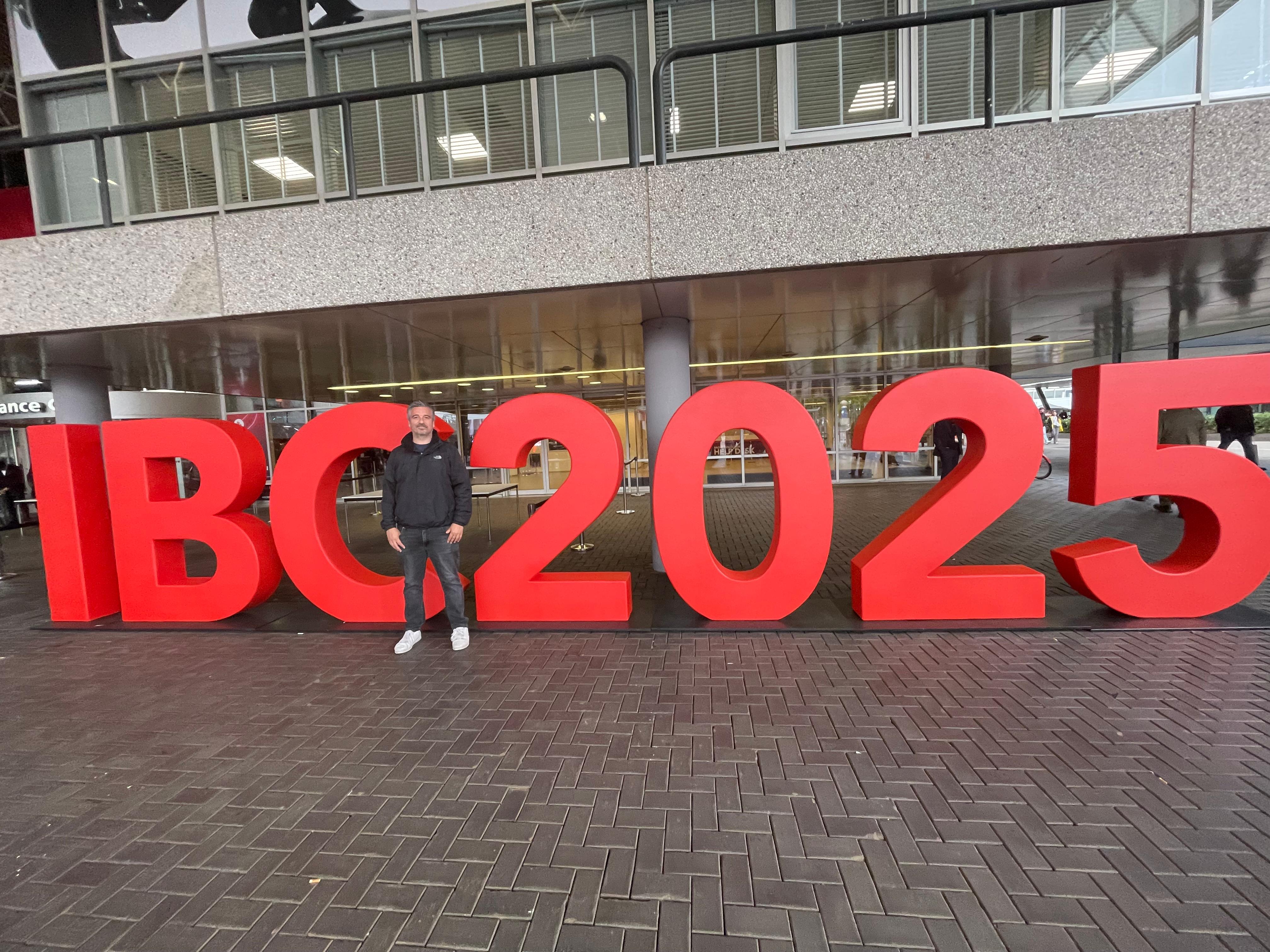
🚀 First stop: Ateme
Ateme is a French company that specializes in video solutions. Their stand was remarkable, but what caught my attention most was how they’re integrating AI into their products.
Among the demos I saw, these stood out:
- Accessibility: real-time automatic translation and multilingual subtitles.
- 8K: in research and testing, but still far from mass adoption. It’s more lab than immediate reality.
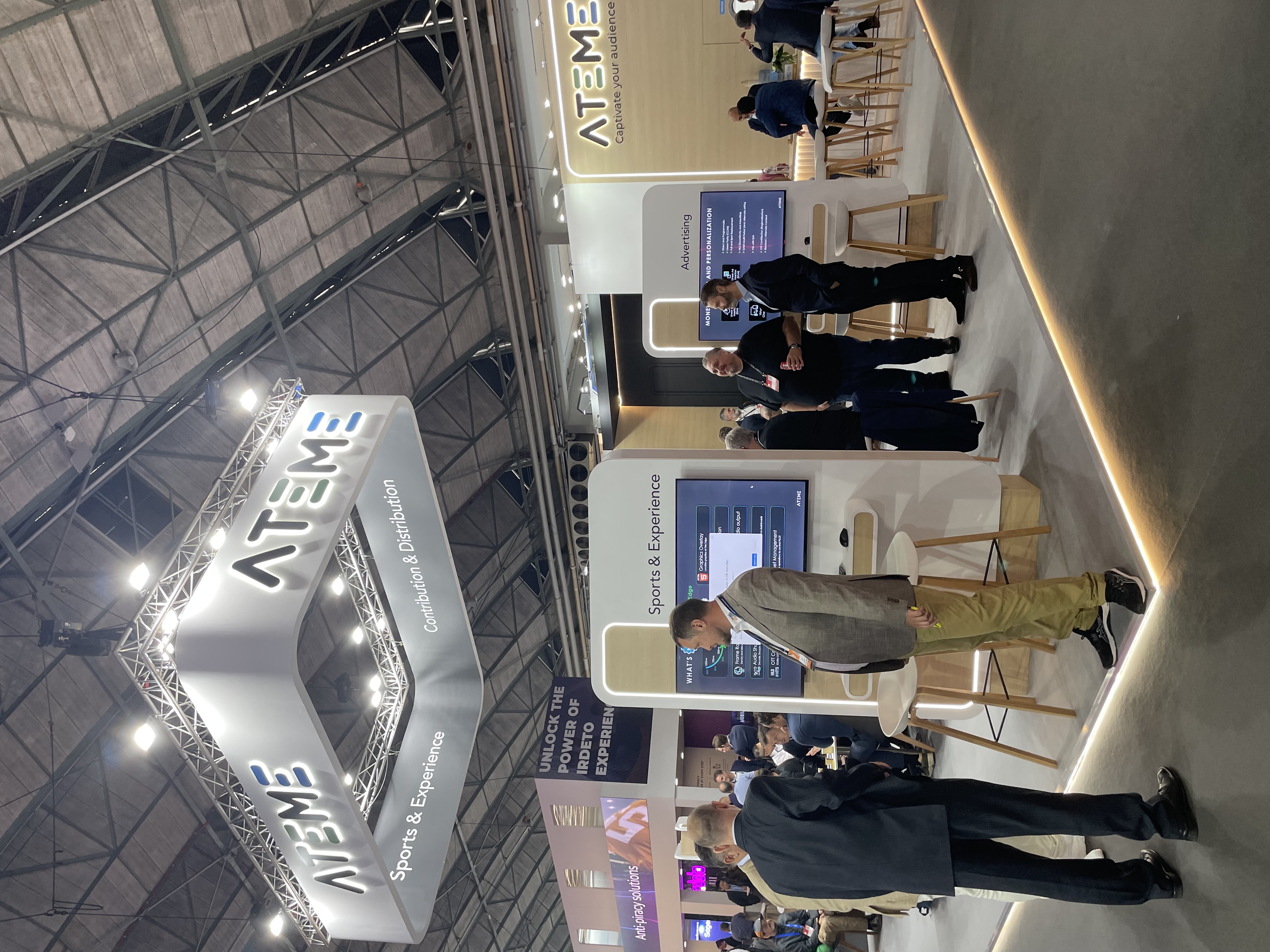
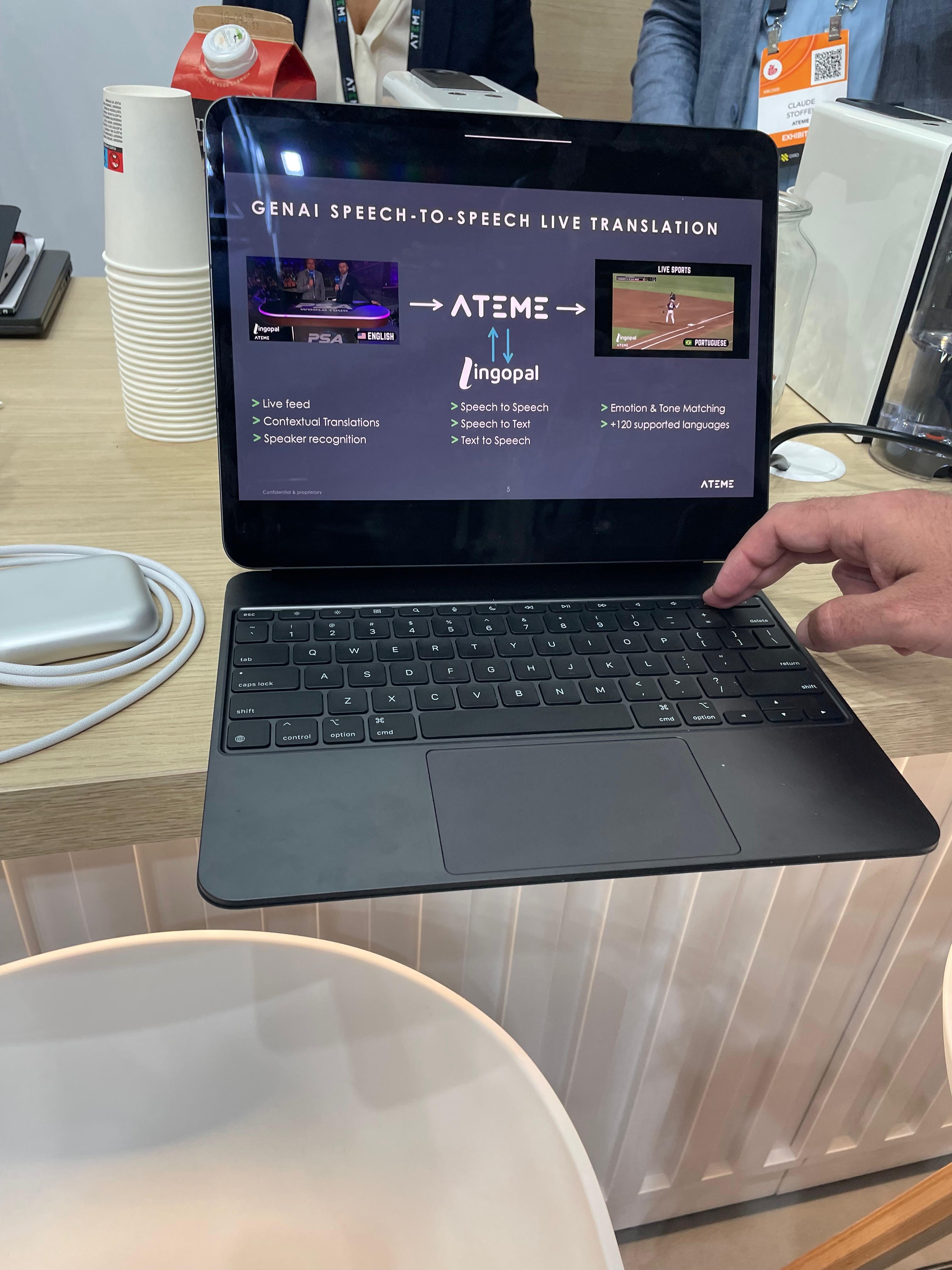
Second stop: Harmonic
Harmonic, another historical player in video, focused on intelligent advertising with AI.
They’re training their own models that analyze what’s being transmitted and how the viewer interacts, to decide which ad to show and when.
In simple terms: AI is “watching with you” the game or movie, and chooses the perfect moment to insert a more relevant and less intrusive commercial.
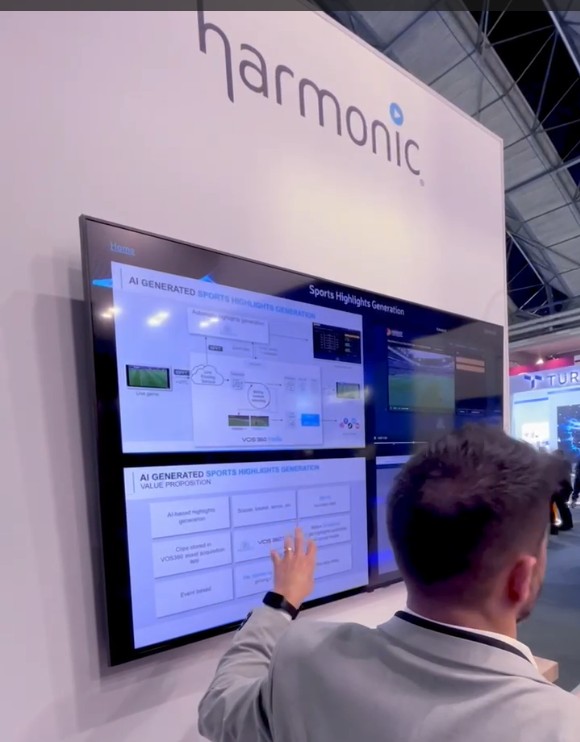
Third stop: AWS
At AWS the focus was on real-time stream analysis with AI agents that:
- Recognize scenes.
- Classify key moments.
- Generate useful metadata for monetization and distribution.
A concrete example: highlights.
You no longer need to watch an entire game to not miss a goal or a good play. In seconds, AI can detect the action, cut it, and publish it on social media as a short clip or send it to your favorite app.
The same applies to movies or series: AI detects key moments and packages them automatically.
🤝 Networking: the other side of IBC
IBC isn’t just stands and demos. It’s also people, connections, and conversations.
On Saturday I was lucky to be at Merapar’s party at the Piano Bar in Amsterdam 🥂. I have a special connection with them: I met them years ago in Chile, working together on a project with VTR. Since then they’ve grown tremendously and today offer really powerful services in technology consulting and cloud. It was very interesting to reconnect with them and see how they’ve consolidated in the international market.
The atmosphere was relaxed, perfect for talking about the industry more freely, between music and drinks.
🎬 Sunday: exploring a different side of IBC
Sunday started differently. After Saturday’s party (this time I did keep my promise not to stay up too late 😅), I had breakfast with family, recharged my energy, and went straight to IBC eager to explore a different side of the event.
Production and cameras
I focused on the production side. Seeing professional cameras, live transmission systems, and all the technology that makes it possible for us to watch TV at home.
Those things we take for granted when we turn on the TV, but seeing them in person, with engineers explaining every detail, was truly fascinating.
- Satellite signal monitoring, which allows live transmission without anything failing.
- Virtual scenarios integrated with realism that makes you forget you’re in a studio.
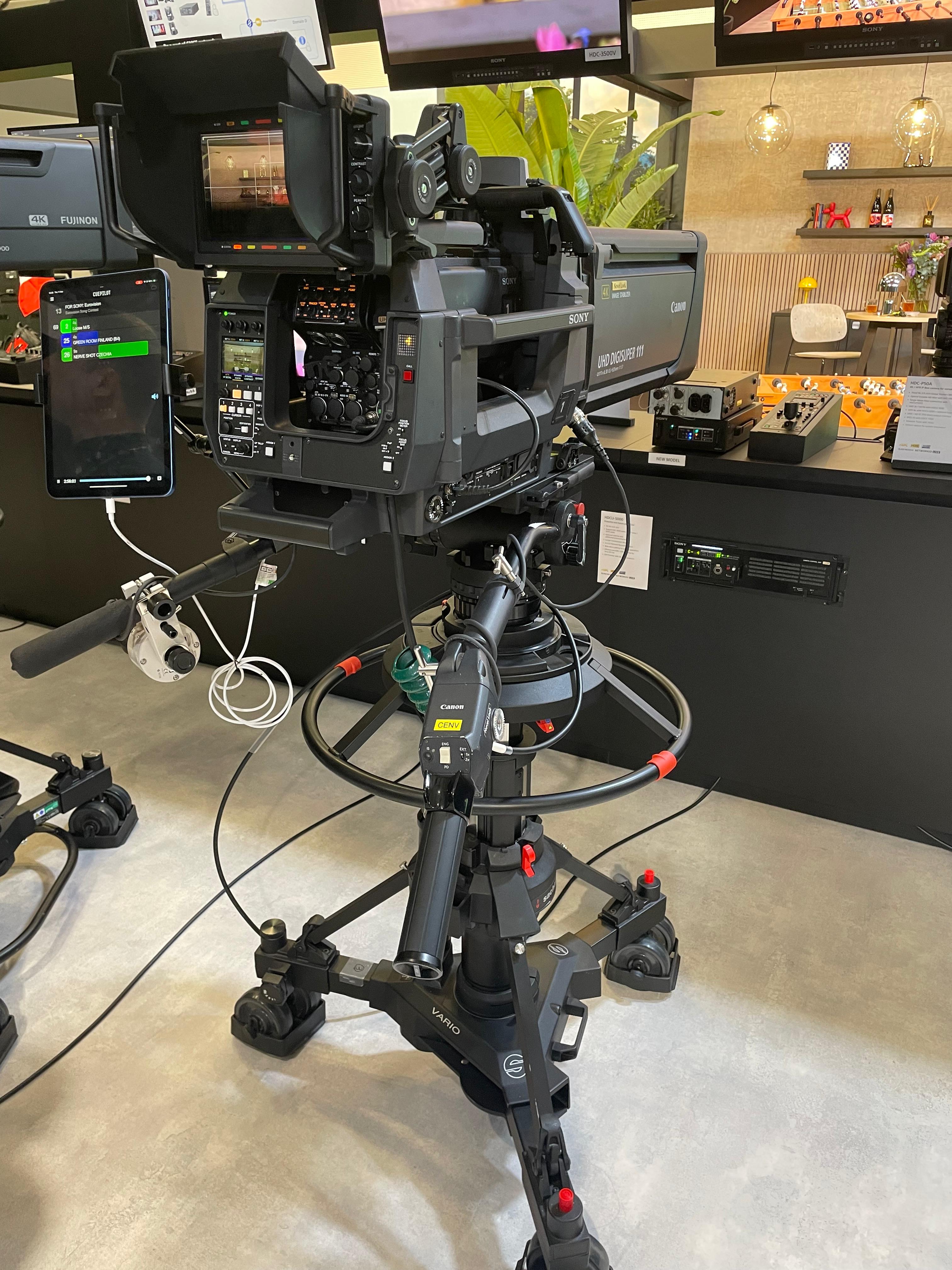
Media Distillery: markers and ads in detail
Then I returned to my “comfort zone”: content and ad insertion. At Media Distillery they explained in detail how they use AI to decide which ad to show based on what you’re watching.
It’s fascinating how they can analyze content in real time and make advertising more relevant and less annoying.
A simple example: if you’re watching an Italian movie, the AI detects the context and can suggest a pasta commercial at just the right moment.
I was amazed by that level of personalization: it’s not “generic” advertising, but something that adapts to you and the content.
Conviva: the real-time experience
After that I went to Conviva, where I wanted to delve into something that interests me a lot: live monitoring.
I asked them directly how they integrate AI into that, and they explained that now they can:
- Detect consumption patterns while you’re watching content.
- Make instant recommendations.
- Adjust stream quality in real time to improve your experience.
It’s remarkable how that technology gets into the smallest details, which as a user you don’t even notice, but that make all the difference.
🔗 Eluv.io: blockchain and the future of video
A must-visit was Eluv.io, which proposes a radically different content distribution model.
Instead of depending on large CDNs and centralized servers, Eluv.io offers a content network based on blockchain and peer-to-peer.
This promises to reduce infrastructure costs and give creators greater control over rights and monetization.
At the fair they showed how their Content Fabric allows:
- Delivering high-quality video (including 4K and HDR) in a scalable way.
- Maintaining total content traceability, key for live events, e-sports or premium catalogs.
I was lucky to hear a brilliant conference where they explained that this model can improve margins by up to 70% compared to classic systems, because it saves a lot on servers and bandwidth.
👉 How does this model work?
Today: streaming travels from centralized servers (CDNs). That’s expensive and creators depend on intermediaries.
With Eluv.io:
- Video is fragmented and distributed among users in the network (peer-to-peer).
- Blockchain validates each fragment, ensures traceability and automatically distributes revenue to content owners.
- This reduces costs and increases profits for producers and creators.
Example: instead of renting expensive servers to broadcast a 4K HDR game, the same viewers help redistribute the signal.
❓Doesn’t that mean they use my internet?
- Yes, part of your upload bandwidth is used to share fragments with others.
- But it’s optional and configurable. You can limit how much you want to contribute.
- In return, you get access to premium content without ads and with better quality.
The most interesting thing is that they’re working with major studios and TV networks, it’s not just theory.
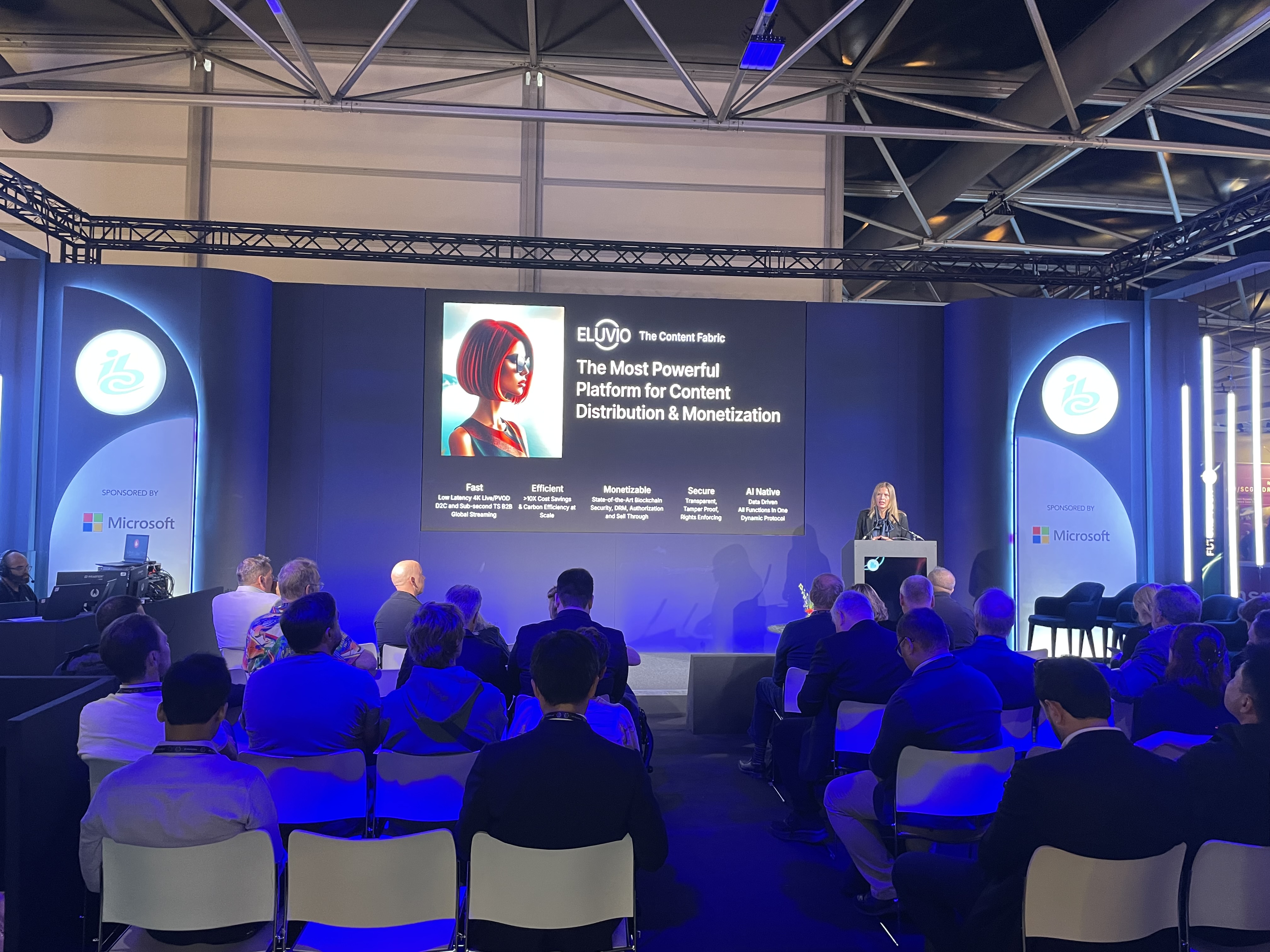
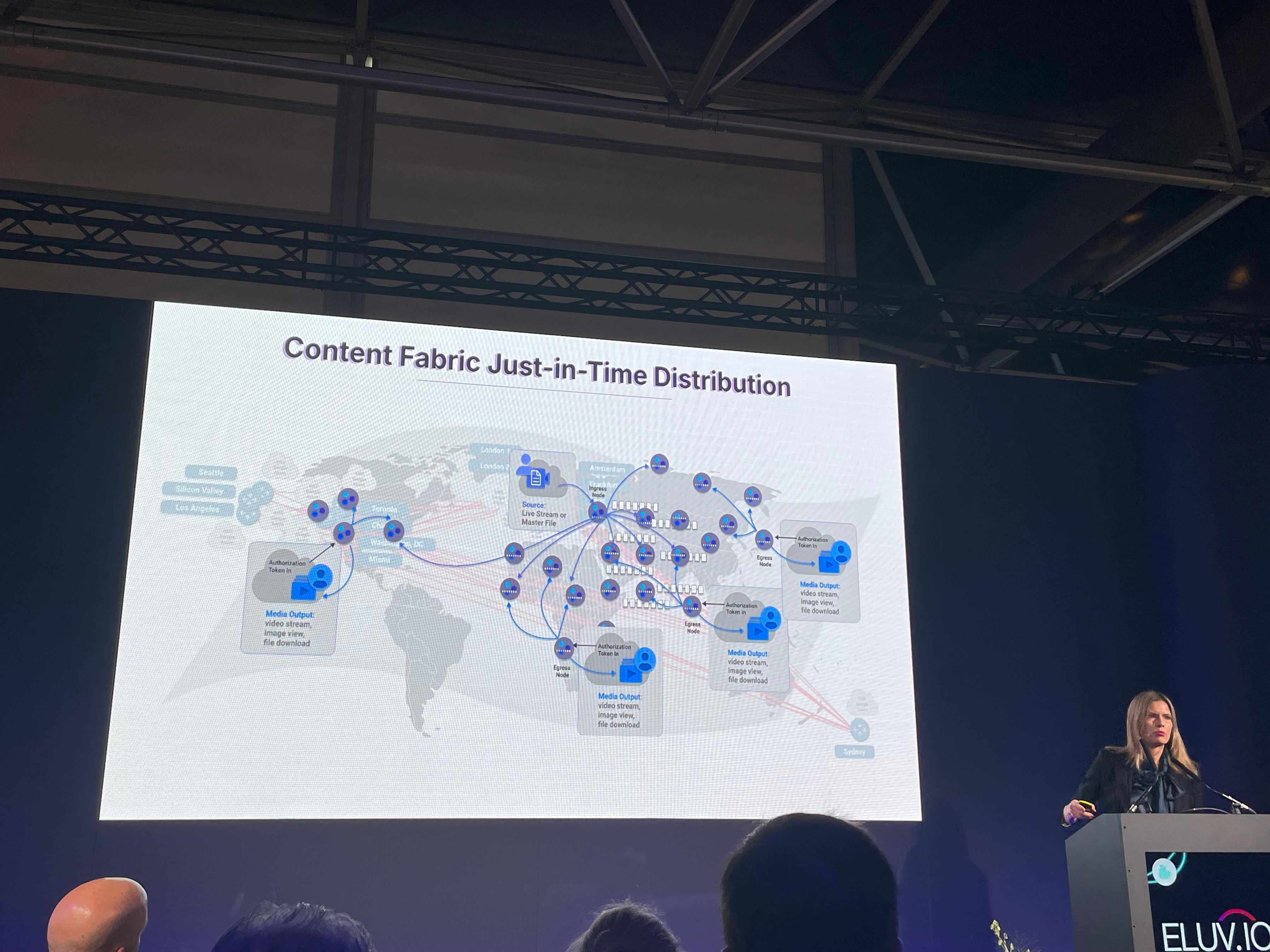
⚽ Google: interactive experiences
Google had a standout booth with AI demos applied to sports.
- A penalty simulator where AI analyzes your technique and gives you advice.
- Speed analysis in car races.
- Real-time object recognition.
It was fun to try the penalty simulator. The AI doesn’t just detect if you scored, but analyzes your technique, ball speed, and gives you specific feedback.
🤔 Final reflection
After two days at IBC 2025, it became crystal clear to me that AI is no longer a promise: it’s a reality present in every link of the video chain.
From the camera that records to the advertising you see in the middle of a series, through distribution, monitoring, monetization and even how highlights are shared in seconds on social networks… AI is everywhere.
The most interesting thing is that, although each company has its own strategy and each market advances at different rates, they all agree on something:
👉 whoever doesn’t incorporate AI into their workflows will be left behind.
But be careful, not everything is technical. The most valuable thing about the fair was confirming that the industry remains deeply human: engineers, technicians, architects, salespeople, assistants… each with their vision, their experience and their way of interpreting these changes.
🎯 What I take away from IBC 2025
⚡ AI is already in the entire video ecosystem.
⚡ Companies that don’t integrate it will be left behind.
⚡ People and human connections remain the engine of change.
📚 Additional resources
“IBC 2025: The Future of Video Technology” (IBC Official, January 2025) Official summary of the main trends presented at IBC 2025, including market analysis and predictions for the sector. Full URL
“AI in Video Production: Real-World Applications” (Streaming Media, January 2025) Detailed analysis of how AI is transforming video production, with specific use cases and impact metrics. Full URL
“Blockchain and Video Distribution: The Eluv.io Model” (TechCrunch, January 2025) In-depth explanation of the peer-to-peer distribution model for video content and its implications for the industry. Full URL
Have you been to IBC or do you work in the video industry? I’d love to know your perspective on how AI is changing the sector. Leave me a comment or contact me on LinkedIn.
🚀 Did you like this post?
If this content was useful to you, I invite you to:
- Share this post on your social networks
- Subscribe to my newsletter to receive more content about technology and AI
- Follow me on LinkedIn for conversations about the future of technology
- Leave a comment with your experience or perspective on the video industry
Do you have questions about IBC, AI in video, or any technological topic? I’m here to chat. See you next time! 🚀
Dare to imagine, create and transform.
